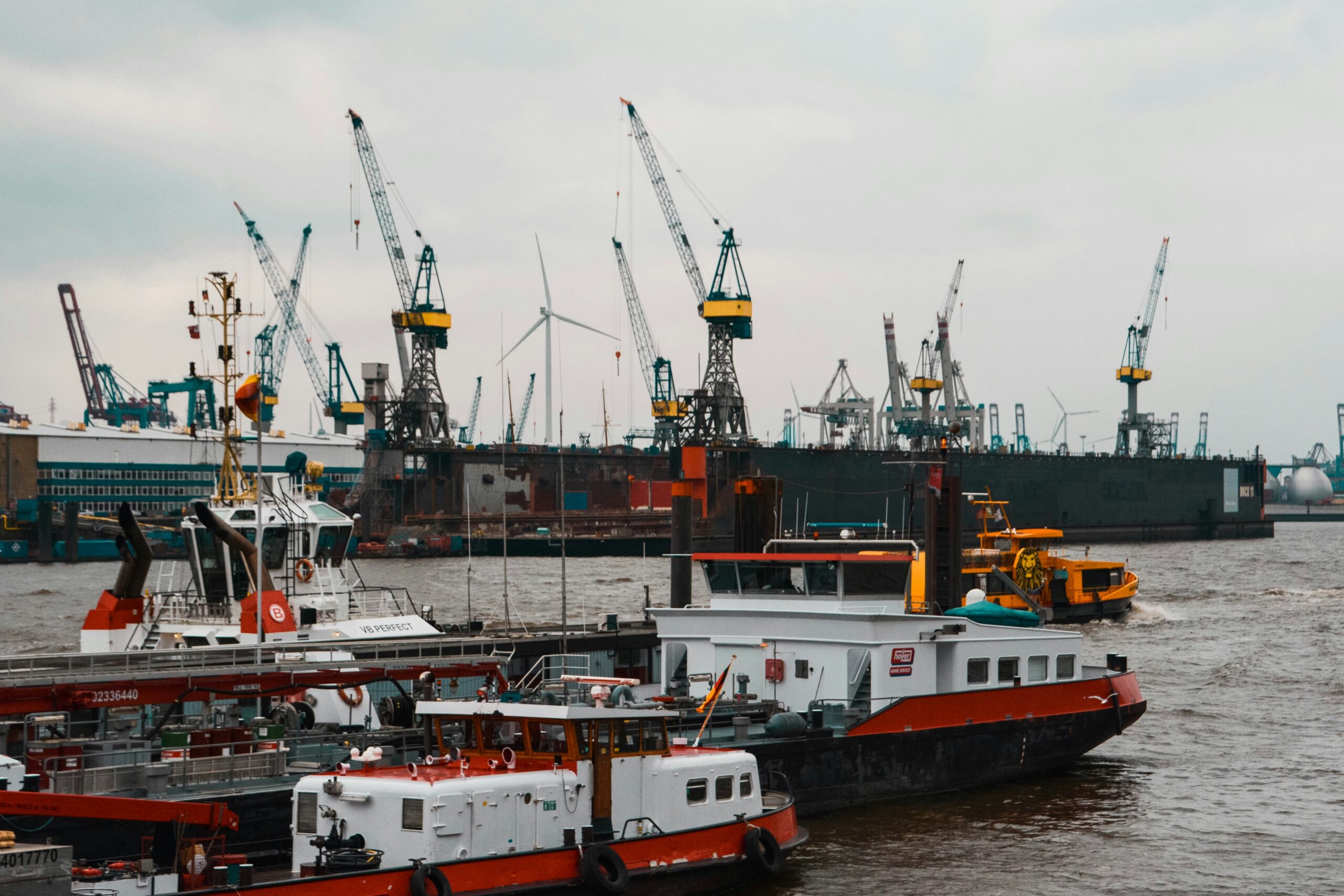
Marine construction is essential to infrastructure development, providing the foundation for ports, bridges, docks, and other structures in or near water. Building on water presents unique challenges that require innovative solutions and advanced engineering techniques. Over the years, the marine construction industry has adapted to these challenges by developing new technologies, materials, and methods to ensure the success of these projects. This article explores marine construction’s complexities and the innovations shaping its future.
Understanding the Challenges of Marine Construction
One of the primary challenges in marine construction is the unpredictability of working in a constantly changing environment. The water’s movement—such as waves, tides, and currents—can significantly impact the stability of structures being built. Engineers must account for these dynamic forces while ensuring workers’ safety and the structures’ durability once completed. The marine environment also presents obstacles like saltwater corrosion, which can deteriorate materials over time, making using high-quality, weather-resistant materials essential.
Moreover, the logistics of transporting materials and equipment to remote locations can be daunting. Construction sites on water often lack easy access to roads, requiring materials to be delivered by boats or barges. This complicates planning and increases the cost and time required for construction. The lack of stable ground and the need to account for fluctuating water levels demands precise engineering and adaptive construction techniques. Technological advances and careful planning have allowed marine construction to thrive in even the most challenging environments despite these difficulties.
Innovative Technologies in Marine Construction
Technology plays a critical role in overcoming the challenges of marine construction. One of the most significant innovations is developing specialized equipment designed to withstand the harsh conditions of working on water. Floating cranes, for example, are essential for lifting heavy materials in areas where land-based cranes cannot reach. These cranes have reinforced floats that allow them to remain stable in rough waters while performing heavy lifts, making them invaluable for constructing offshore structures like oil rigs, wind turbines, and bridges.
Additionally, advancements in underwater construction technology have transformed how projects are completed below the surface. Engineers now use remote-controlled robots and autonomous underwater vehicles (AUVs) to inspect, repair, and even build underwater structures. These technologies can perform tasks such as welding, concrete pouring, and inspecting submerged pipelines, all while reducing the need for human divers in hazardous conditions. These innovations have greatly improved marine construction projects’ efficiency, safety, and accuracy, making it easier to tackle complex underwater challenges.
Sustainable Materials and Practices in Marine Construction
As the demand for environmentally friendly and sustainable construction methods grows, the marine industry has explored new materials and practices that minimize environmental impact. One of the most promising developments is using eco-friendly concrete, which incorporates recycled materials such as crushed glass, plastic, and fly ash. This concrete not only reduces waste but also helps to lower carbon emissions associated with traditional cement production. Engineers are increasingly incorporating this material into marine construction projects to build more sustainable structures that reduce the environmental footprint of new developments.
In addition to sustainable materials, eco-conscious design practices are gaining traction. For example, some marine construction projects now incorporate green roofs and energy-efficient features that minimize energy consumption once the structure is built. Furthermore, considering marine life and ecosystems has become integral to planning. When designing marine structures, engineers work closely with environmental scientists to ensure that the construction process does not disrupt local habitats. This approach is helping to preserve biodiversity and maintain the health of aquatic ecosystems while still meeting the demands of infrastructure development.
Future Trends in Marine Construction
Looking forward, further technological advancements and sustainability will likely shape the future of marine construction. The rise of renewable energy infrastructure, such as offshore wind farms and tidal energy projects, will play a significant role in shaping the industry. These projects require innovative marine construction techniques, which must withstand harsh ocean conditions while providing a reliable renewable energy source. For example, engineers are developing floating platforms for wind turbines, a cutting-edge solution that allows them to install turbines in deeper waters where traditional foundations would be impractical.
Additionally, engineers are increasingly using innovative technologies such as sensors and data analytics to monitor the condition of marine structures in real-time. This technology allows engineers to detect early signs of wear and tear, corrosion, or structural damage, enabling proactive maintenance and reducing the risk of failure. As the industry evolves, integrating artificial intelligence and machine learning will likely lead to more efficient construction methods, cost savings, and improved safety standards. The combination of technological advancements and environmental responsibility will guide the future of marine construction, ensuring that it can meet the growing demand for infrastructure while preserving the health of the world’s oceans.
Building on water remains one of modern construction’s most challenging yet rewarding aspects. Despite the inherent difficulties of working in a constantly changing environment, the marine construction industry has embraced innovation, adapting to challenges with advanced technologies and sustainable practices. By utilizing specialized equipment, developing eco-friendly materials, and addressing environmental concerns, the industry continues to push the boundaries of what is possible. As marine construction continues to evolve, future projects will focus on creating durable and functional structures and protecting and preserving the aquatic ecosystems on which they depend. With ongoing innovation and a commitment to sustainability, marine construction will play an essential role in shaping tomorrow’s infrastructure.